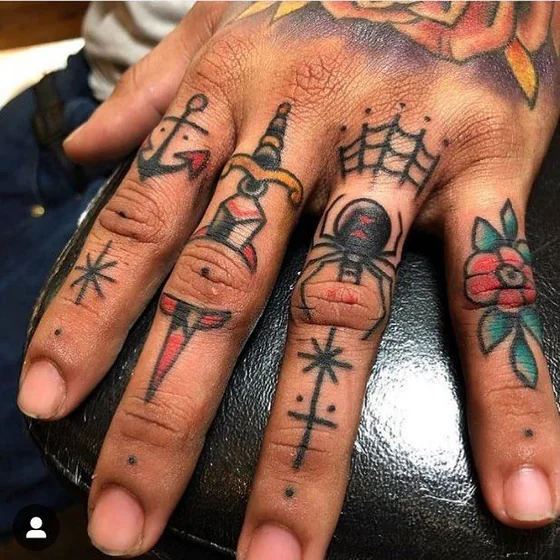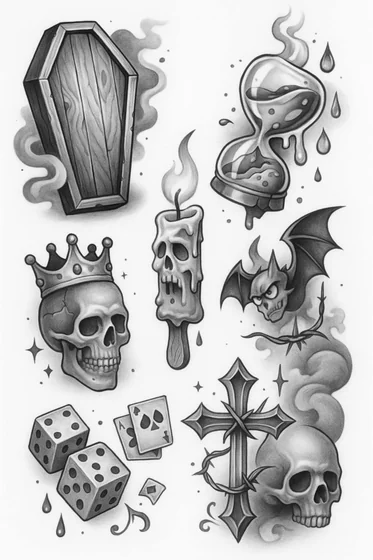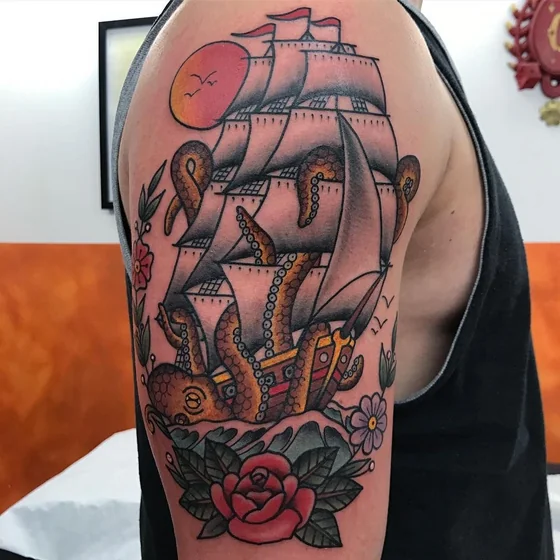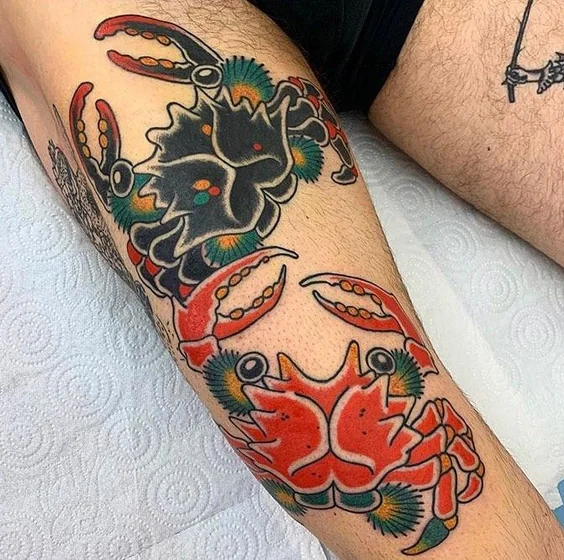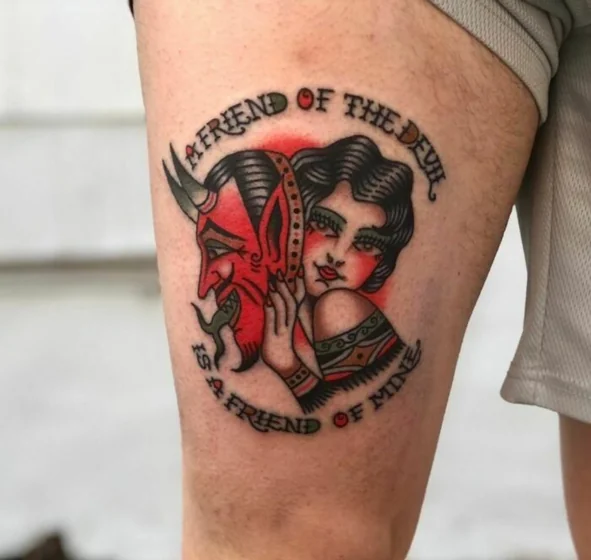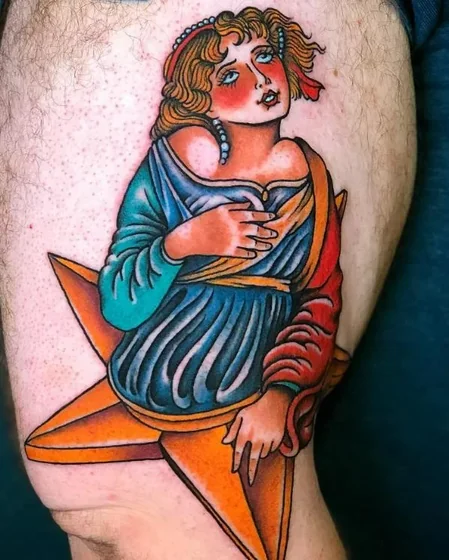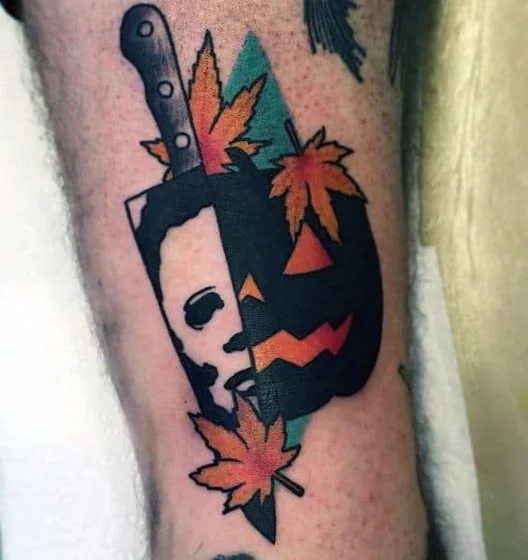Filters
Tattoo Ideas
Start Your Tattoo Design Journey
0Tattoos Designed This Week On Tatspark
Now in Beta — share your feedback and shape what's next.
Why Men Choose Traditional Sleeve Compositions
American traditional tattoo sleeve designs suit men seeking visible commitment to bold aesthetics. The style's thick outlines withstand workplace wear better than delicate approaches—mechanics, tradesmen, and outdoor professionals maintain clean-looking ink despite hand washing and sun exposure. Traditional sleeve work projects confidence through high-contrast imagery readable across rooms.
Male clients typically build traditional tattoo sleeve layouts around central power symbols like eagles, panthers, or ships. Supporting elements—daggers, roses, banners—fill negative space while maintaining visual hierarchy. Artists recommend starting with one anchor piece on the upper arm, then expanding downward in 3-4 sessions to ensure cohesive flow.
Planning Full Sleeve vs Half Sleeve Approaches
Coverage Options for Different Lifestyles
- Full Sleeve (Shoulder to Wrist): Maximum impact for creative professionals and entrepreneurs | Requires 15-25 hours across 4-6 sessions | Budget $2,000-$4,000 with experienced artists
- Half Sleeve (Shoulder to Elbow): Covers easily with long sleeves for corporate flexibility | Completes in 8-12 hours over 2-3 sessions | Allows testing commitment before expanding
- Forearm-Only Section: Shows immediately in short sleeves | Finishes in single 4-6 hour session | Works perfectly for first major piece
Tattoo sleeve traditional layouts demand strategic filler planning. Empty spaces between main motifs need complementary elements—stars, dots, waves—that tie compositions together without creating cluttered appearances. Discuss filler strategy during your initial consultation so artists can reserve appropriate negative space.
Masculine Motif Selection Strategies
Traditional tattoos for men emphasize symbols with action-oriented meanings. Panthers represent fearlessness in combat, ships symbolize life journey navigation, and eagles convey patriotic pride or spiritual freedom. Avoid overly decorative elements like excessive floral work unless balancing aggressive imagery.
Weapon motifs—daggers, swords, revolvers—communicate protective instincts and readiness for conflict. Military symbols appeal to veterans honoring service history. Occupational imagery like tools, compass roses, or nautical stars help men celebrate their trade expertise through permanent art.
Session Endurance and Pain Management
Male pain tolerance varies significantly for traditional sleeve work. Outer arm areas rank 3-4/10 on discomfort scales, while inner bicep and elbow ditch areas spike to 7-8/10. Most men handle 3-4 hour sessions comfortably before adrenaline wears off and sensitivity increases.
Schedule sleeve sessions 4-6 weeks apart for complete healing between stages. Rush jobs where artists pack too much work into single marathon sessions often result in patchy color that needs correction. Bring protein-rich snacks and stay hydrated—low blood sugar amplifies pain perception significantly.
Feminine Traditional Approaches Comparison
Women often select softer color palettes and nature-focused symbolism—see refined options for women emphasizing floral compositions and decorative elements.
Professional Environment Considerations
Traditional sleeves remain partially concealable depending on coverage extent. Half sleeves hide completely under dress shirts, while full sleeves require long sleeves year-round in conservative fields. Tech, creative, and trade industries generally accept visible work without career penalties.
Test workplace culture before committing to hand or neck extensions. Traditional pieces on hands fade 40% faster than arm placements due to constant friction and washing. Many artists refuse hand work for clients without existing sleeve coverage to ensure informed decisions.
